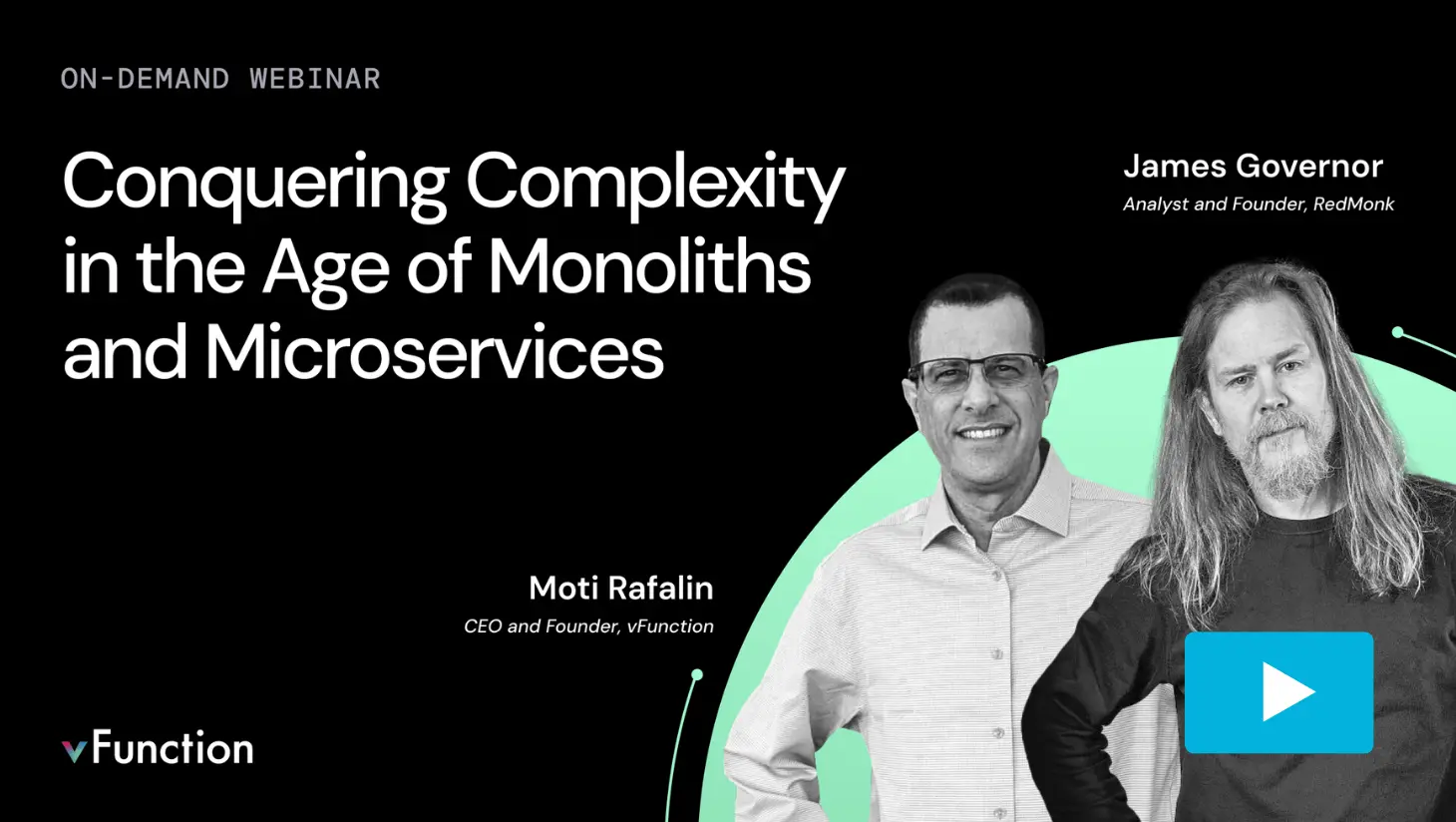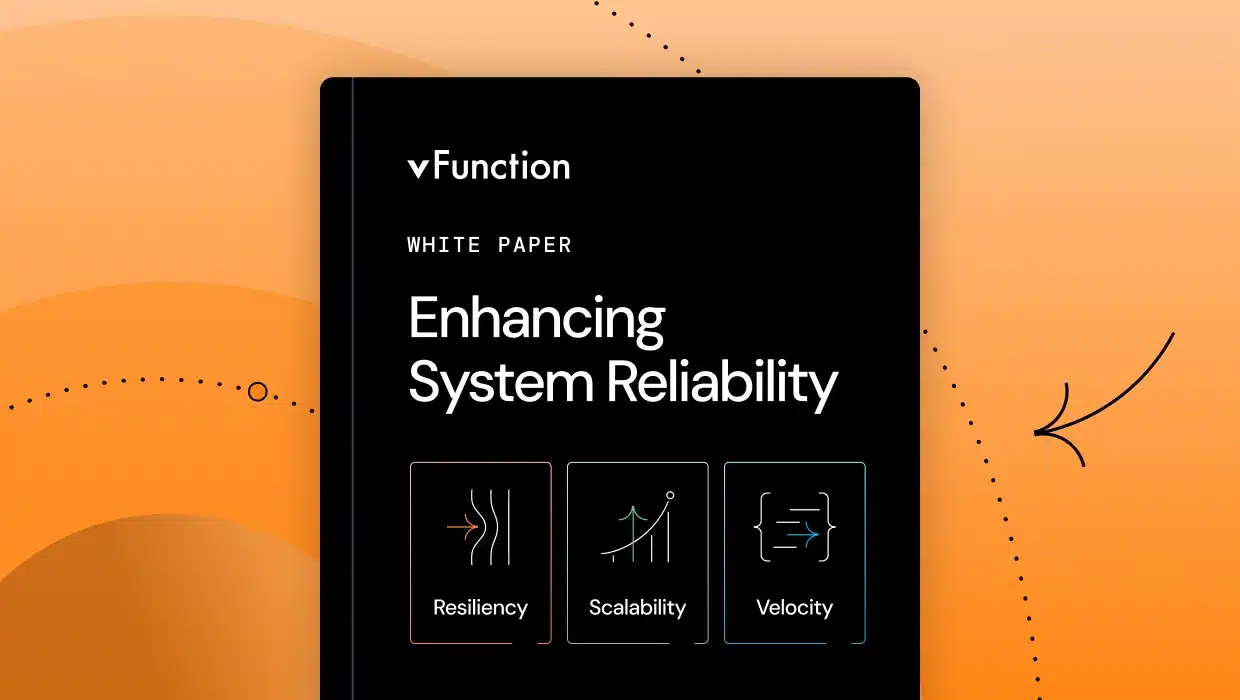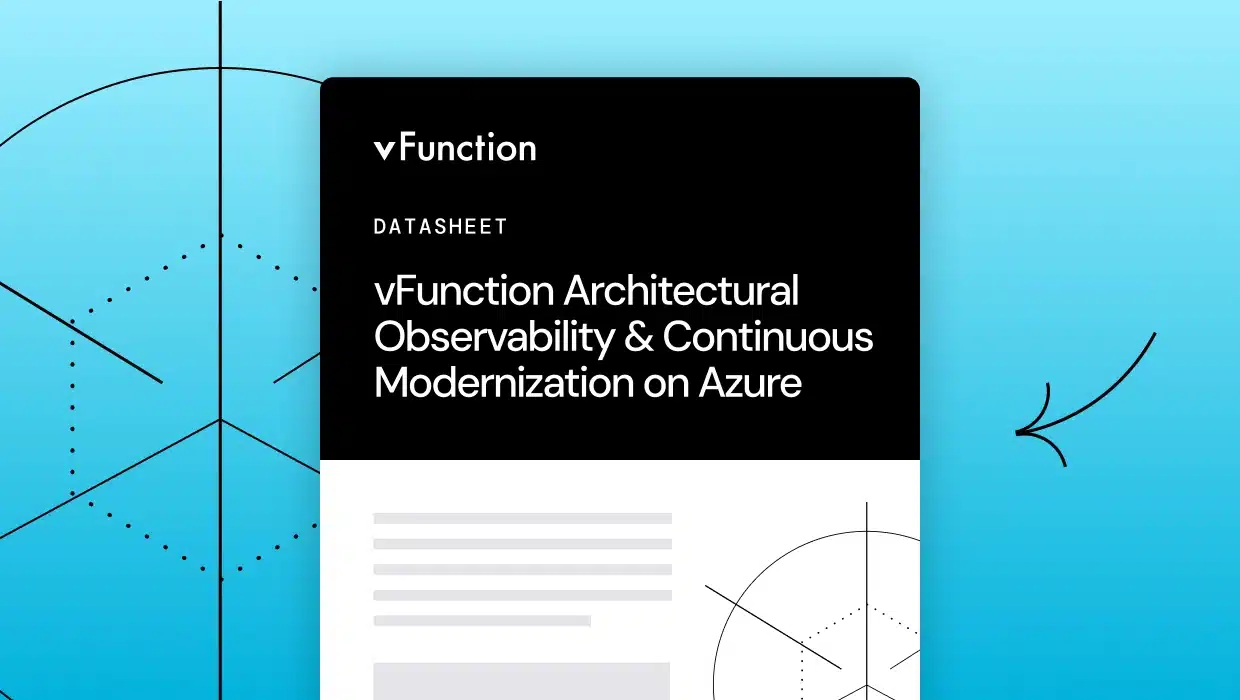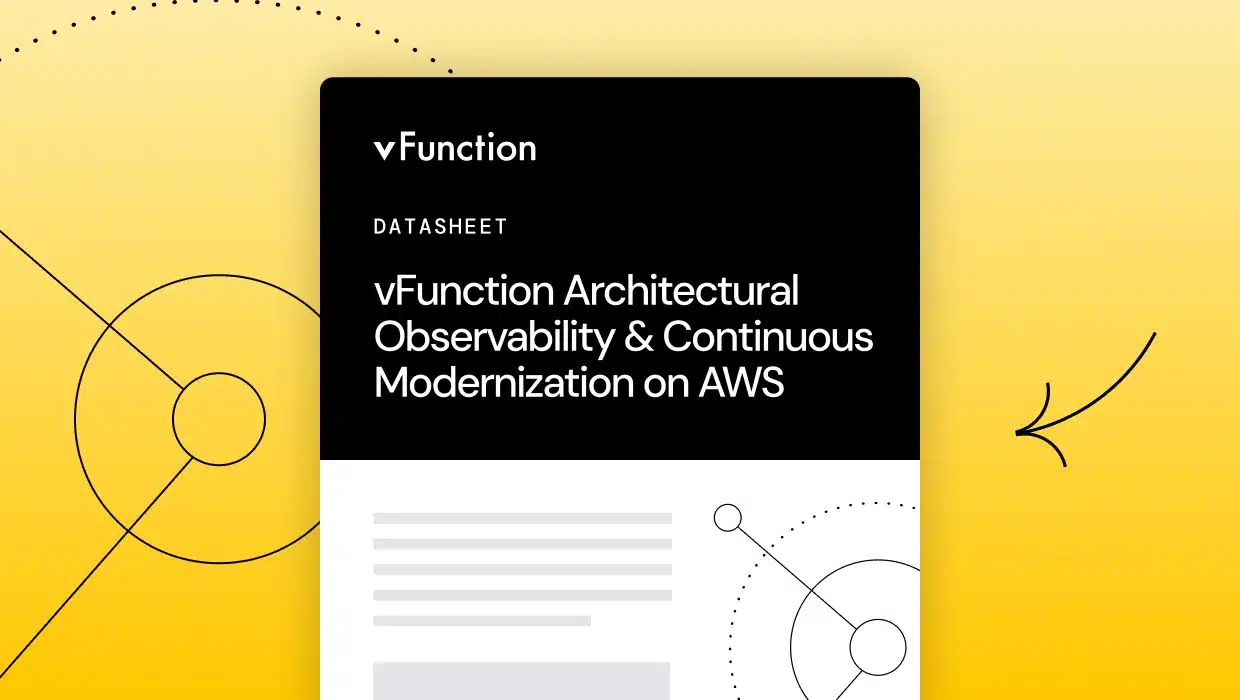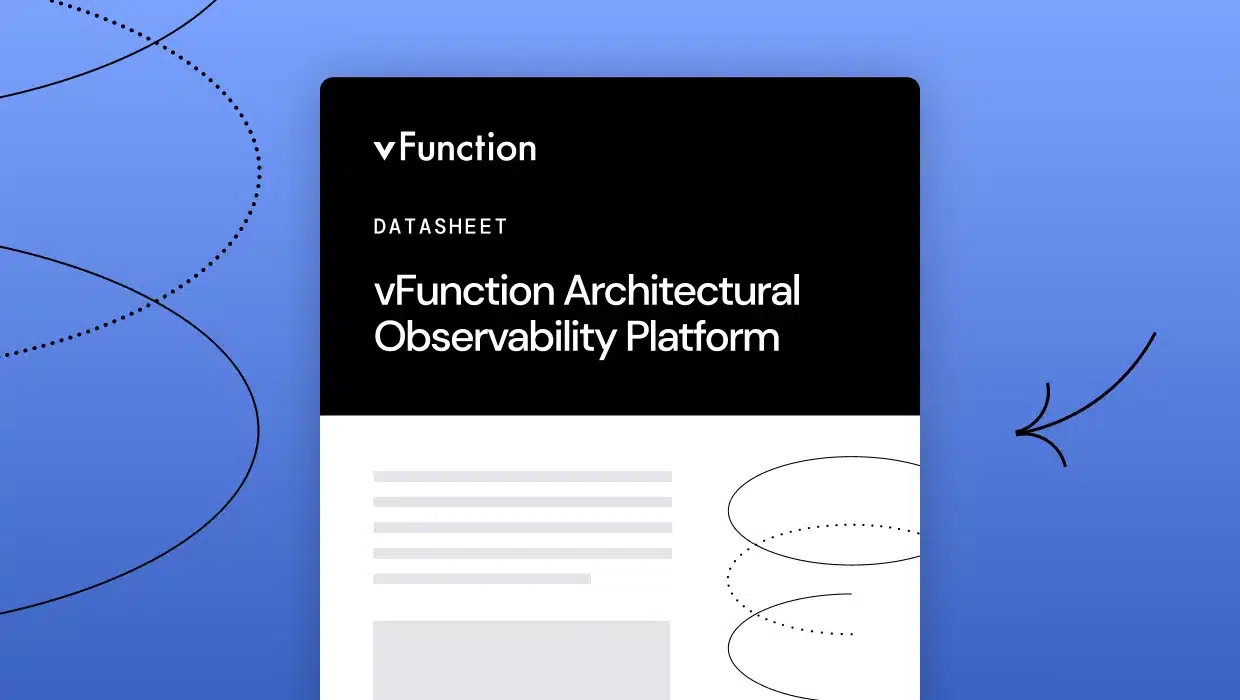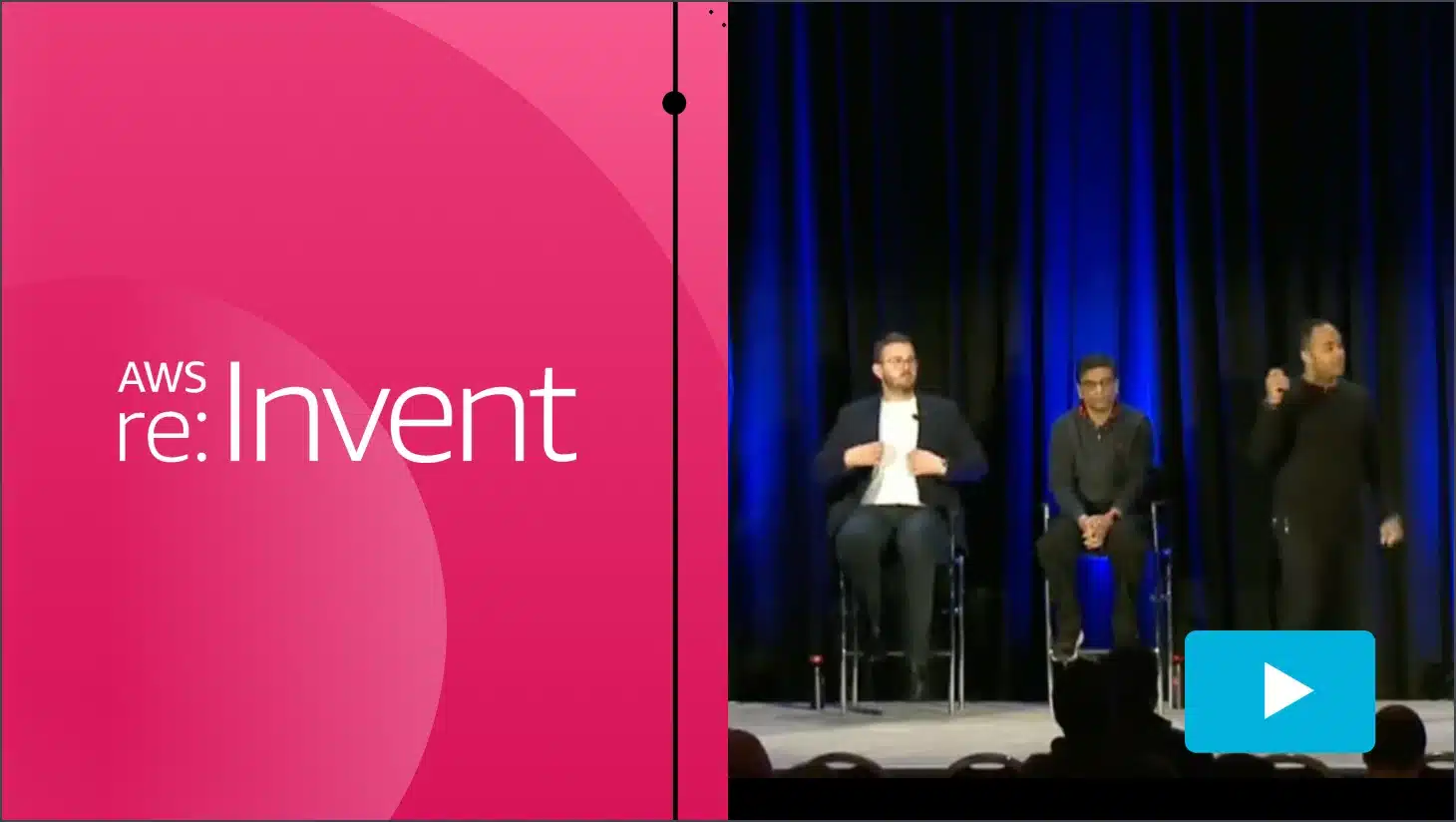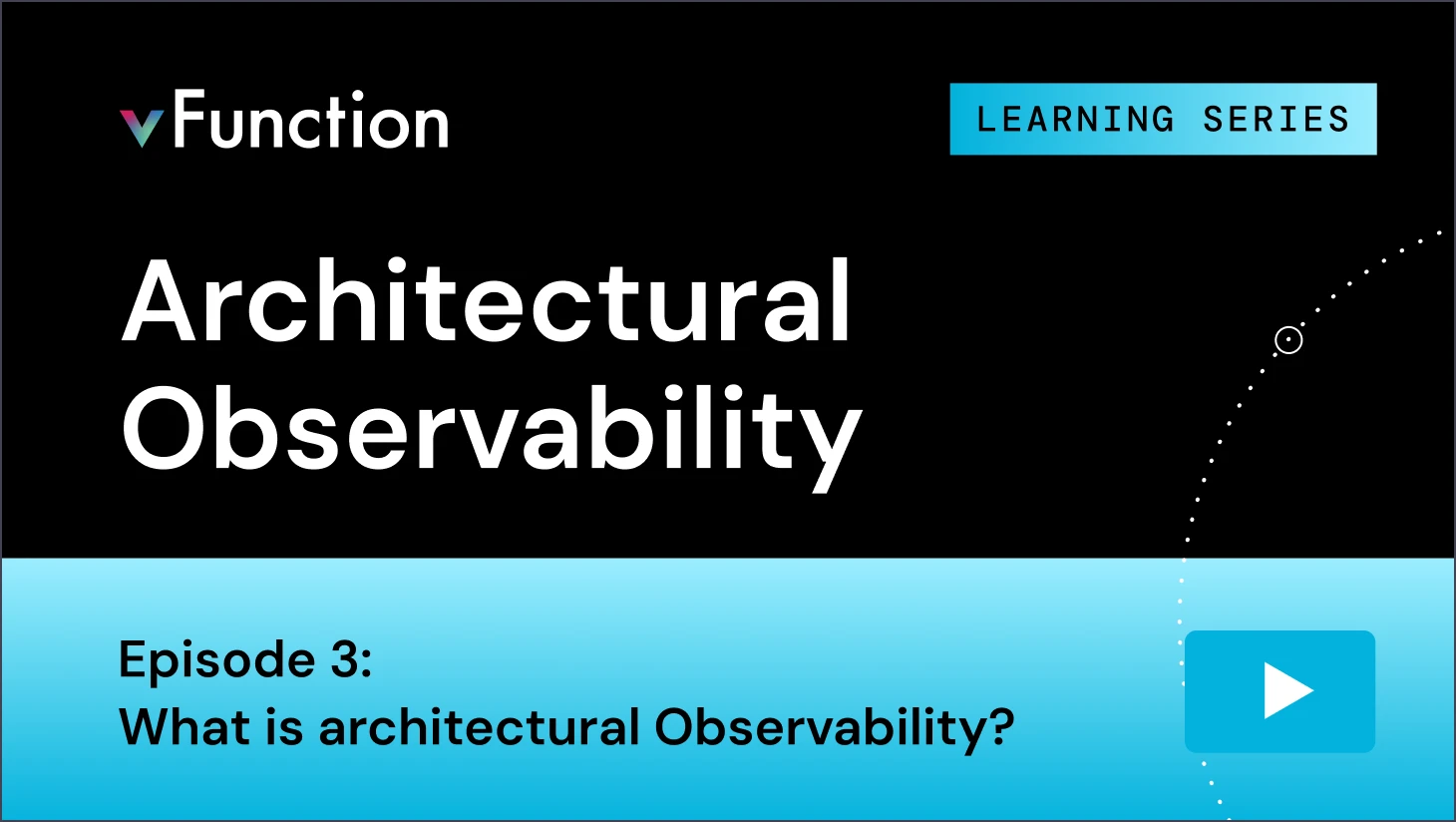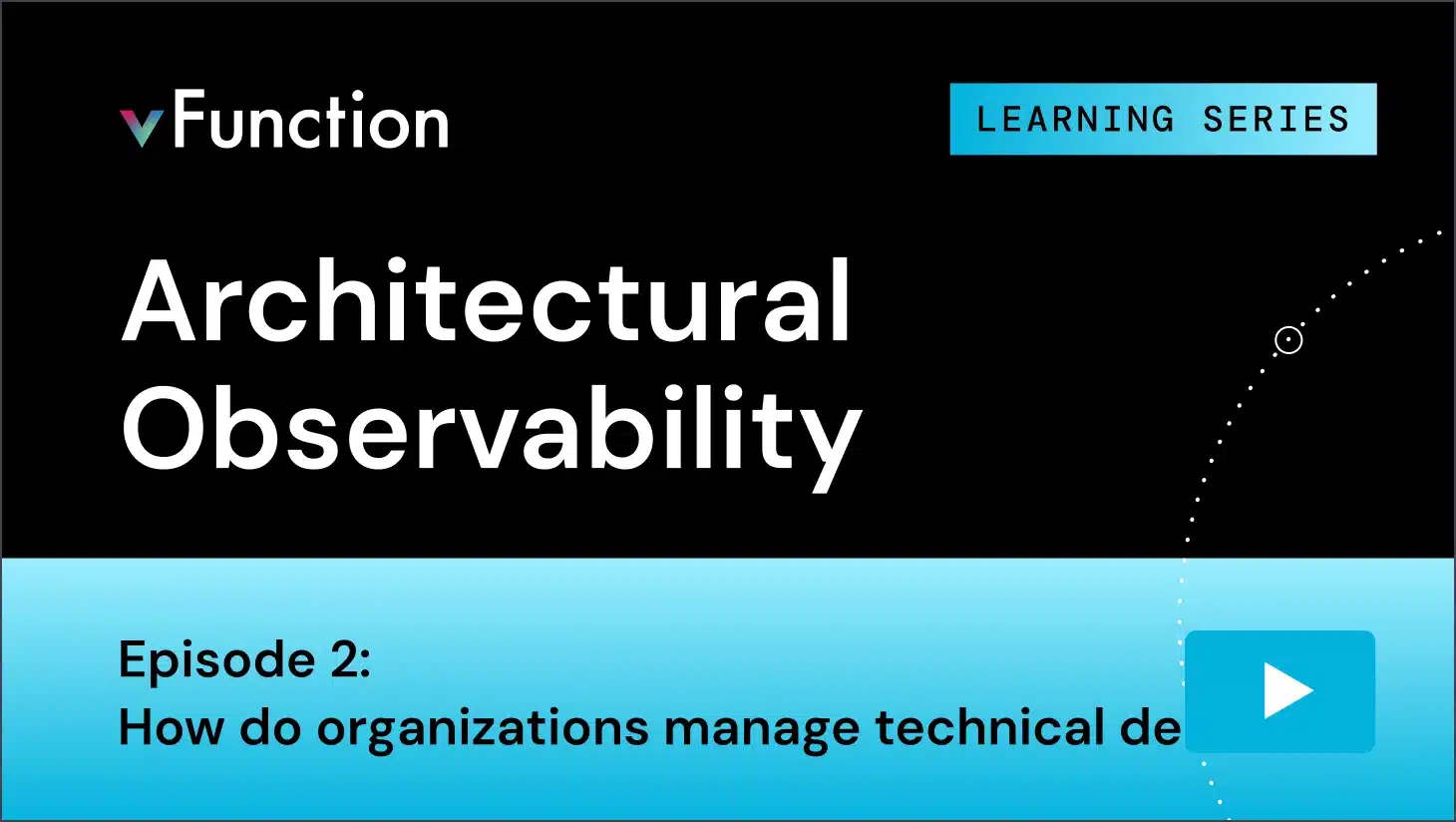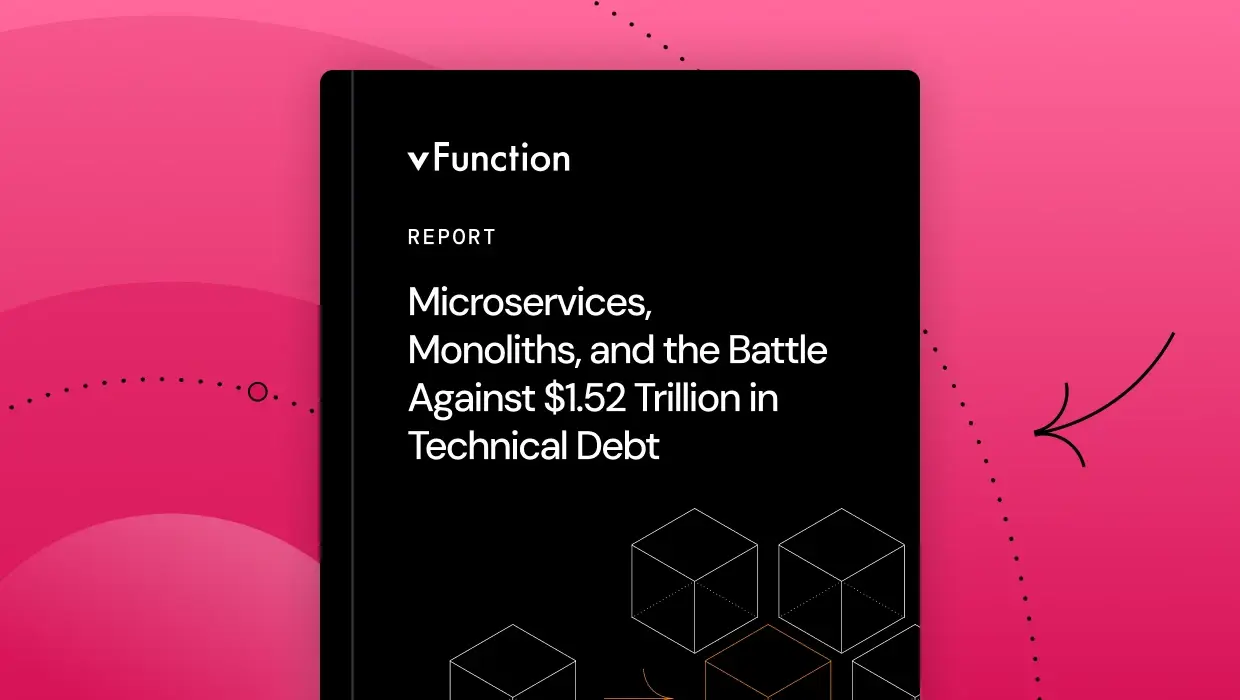
Microservices, Monoliths, and the Battle Against $1.52 Trillion in Technical Debt
Download NowDownload Gartner® Report on Top 5 Strategic Technology Trends in Software Engineering for 2024
Get Your CopyLearn more about the vFunction Platform and Cloud Native Application Modernization.
Are you preparing your team for a strong second half of 2024 and a successful 2025 Download this Gartner® report from May 2024 to stay ahead Based on survey conducted online...
